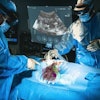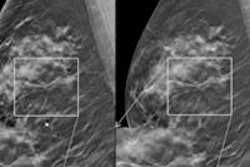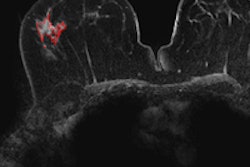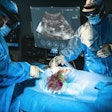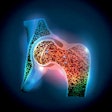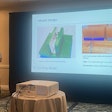New imaging technologies such as 3D mammography are changing how doctors find and diagnose disease. But they're also sparking the need for display technology that allows images to be viewed in 3D, according to the U.S. Food and Drug Administration (FDA).
As breast cancer screening devices shift from 2D mammography to 3D technology such as digital breast tomosynthesis, ultrasound, and breast CT, viewing 3D images on 2D displays is no longer ideal, according to the agency's Division of Imaging, Diagnostics, and Software Reliability. What could help are display device technologies developed for other markets, such as the gaming industry.
"These are no longer conventional images, so you need to examine them in the 3D space," said division member Aldo Badano, PhD, in a statement released by the FDA. "But as people have experienced in movie theaters and when playing video games, 3D displays have problems, including the image resolution and added noise. We're doing experiments to see how different technologies handle these trade-offs."
One of the challenges of developing 3D displays for medical imaging is that medical imaging data require higher resolution than a video game might, according to Badano.
"For medical use, the specifications are high, and so are the stakes," he said.

